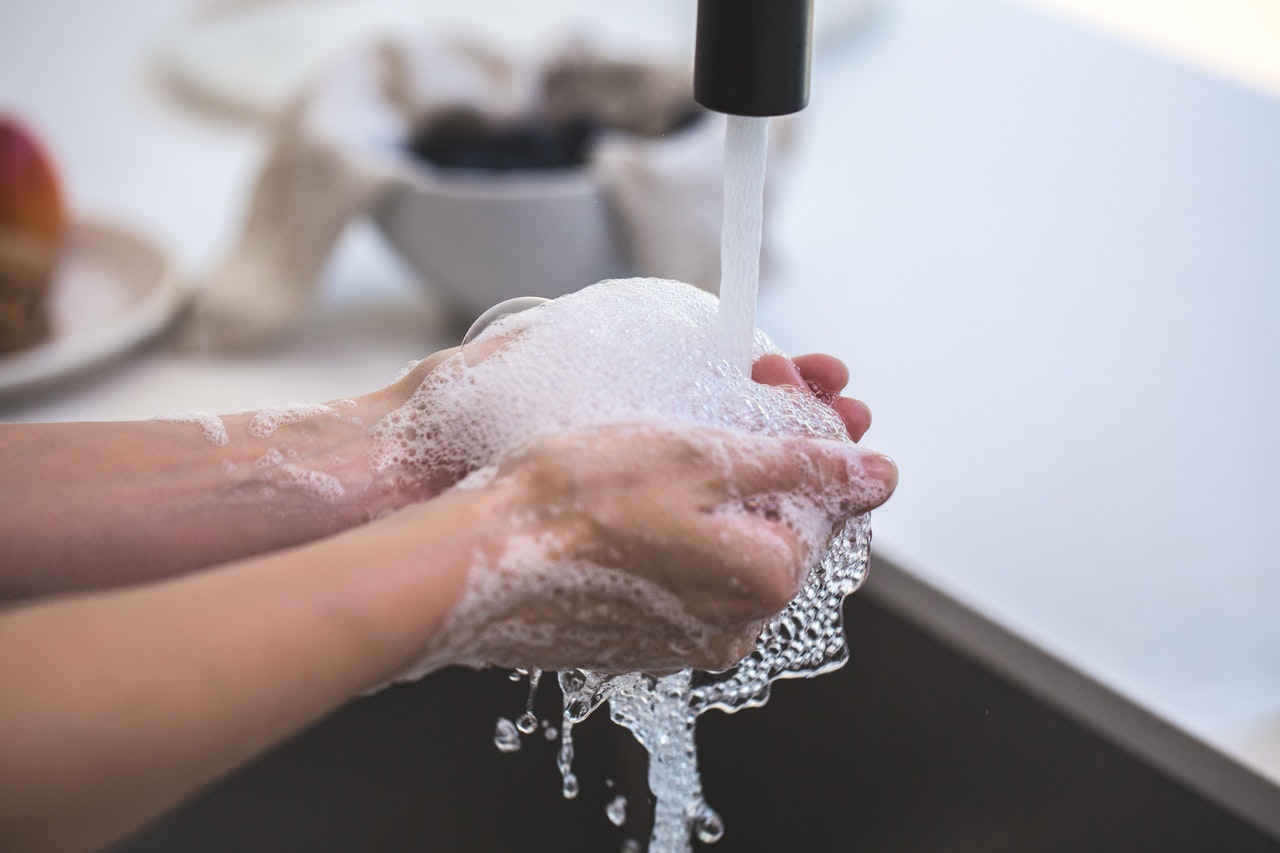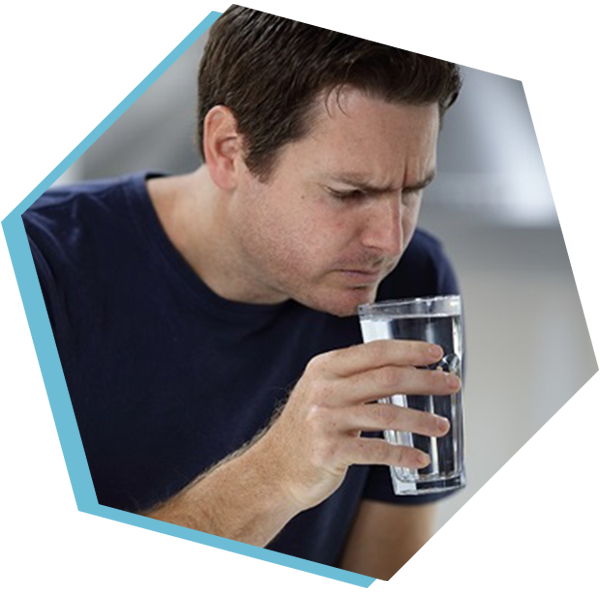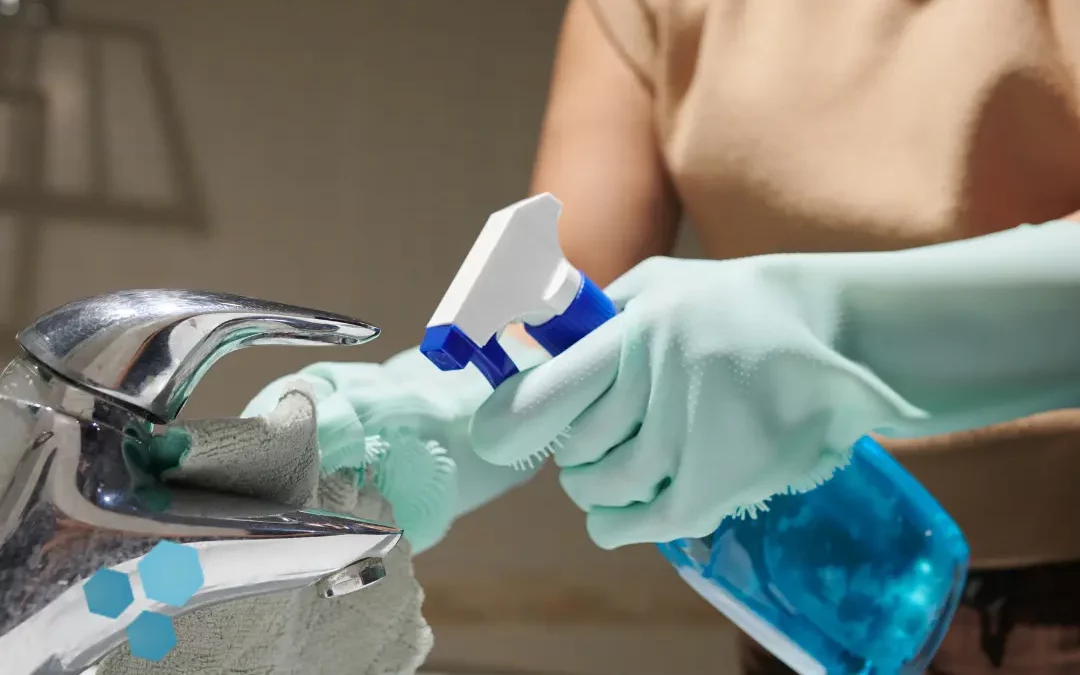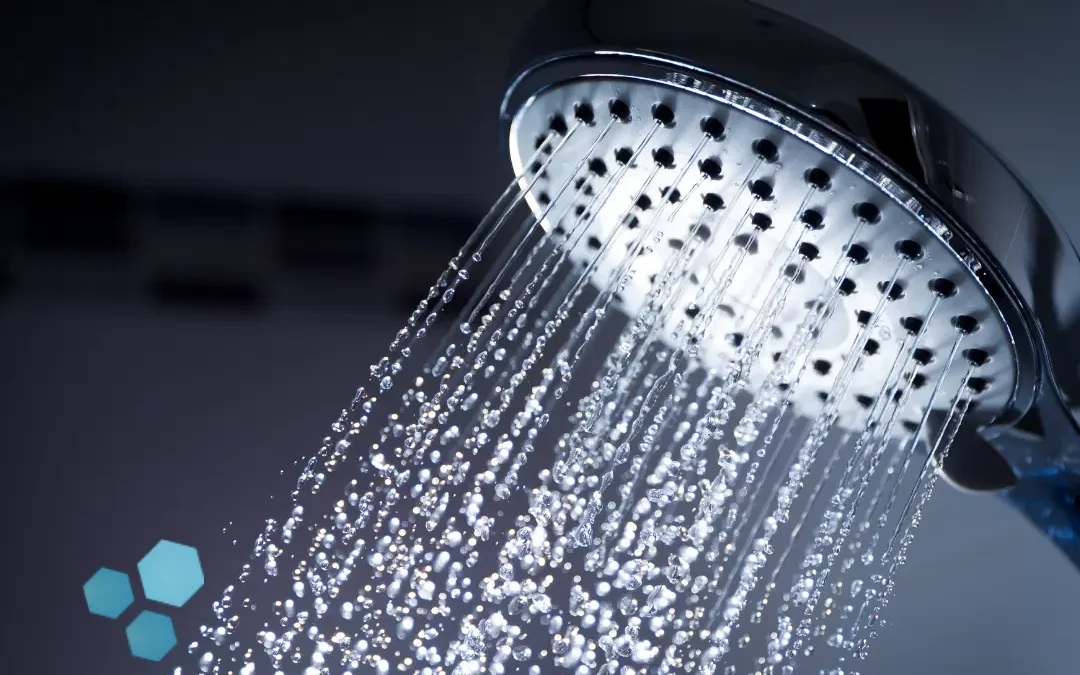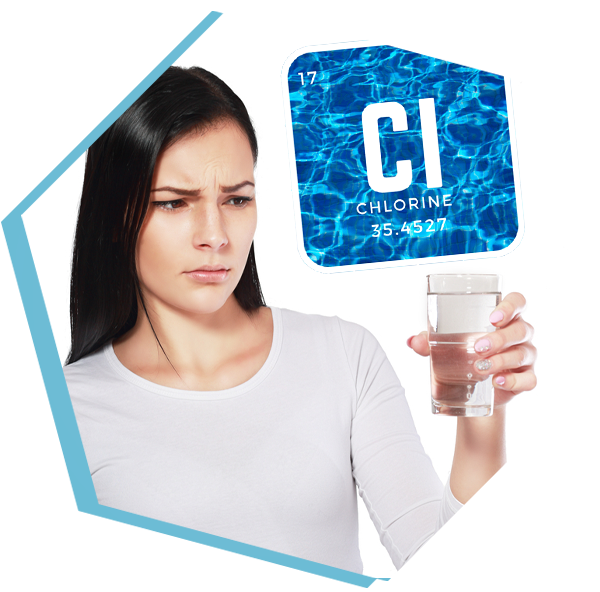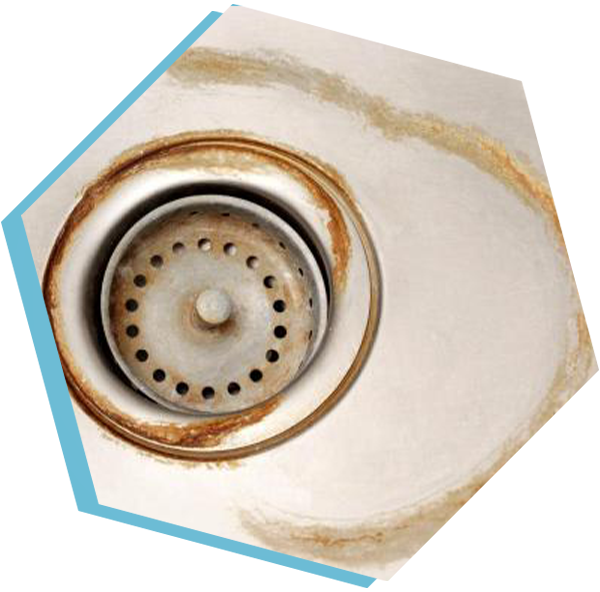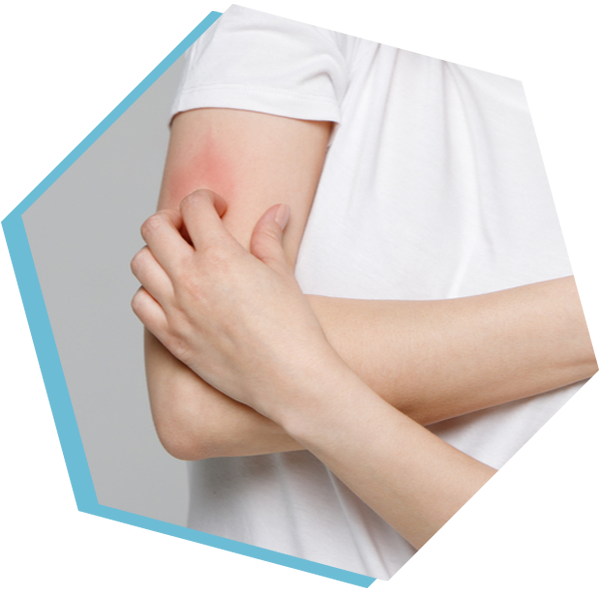Common Misconceptions of Soap
One of the most important benefits of soft water is its reaction (or non-reaction) to soap. Most salespeople don’t fully understand how soft water and soap work together. Many times I have gotten questions like: Why is your water so slippery? Or: What chemicals do you put in your water to make it so slippery?
The answer of course is that soft water is not slippery and chemicals are not put in the water to make it so. You can prove this to yourself by washing your hands in soft water alone and no slippery sensation will be detected. Also, if you wash with soap and distilled water purchased at the store you will get a slippery sensation just as if you were using soft water. So it is clearly the absence of something” which makes soap slippery in some water and not slippery in the presence of the same “something”.
Calcium and Magnesium Hardness
We in the industry know that this something is calcium and magnesium hardness. The key point here is that soap is slippery in soft water but soft water is not slippery in and of itself. To understand why this is so it is helpful to look at the basic chemical makeup of soap and how it works as a cleaner.
What is Soap?
Soap is described in the American Heritage dictionary as the metallic salt of a fatty acid. The most basic way to describe what soap is though is to say that traditional soap is a molecule made up of about 16 carbon molecules. At one end is a sodium molecule (Na+) and at the extreme other end is a Hydroxide molecule (‑OH). The sodium end is hydrophilic meaning that it loves water. This end is responsible for “wetting” the soap molecule so that the soap dissolves easily into the water. The other end is the hydroxide end. This end is responsible for adhering to the dirt and loosening the oils, grease and other contaminants. This end emulsifies. So the end result is that the soap acts to form a bridge between the water and what would otherwise be water insoluble material so that the water can carry the dirt away. You have heard the saying that water and oil do not mix. With the use of soap, you can chemically cause water and oil to mix so that cleaning can occur. If, however hardness is present in the wash water, a process of ion exchange occurs at the sodium site of the soap molecule and two ions of sodium is exchanged off of the soap molecule for an atom of calcium.
This “new” form of the soap molecule does not have the properties of the soap molecule described above. It has been chemically changed to the calcium form of the soap molecule and is now known as soap curd. It does not have the hydrophilic sodium end. In fact it has two hydrophobic ends and can no longer dissolve into water. It also can no longer cause the oil and water to mix. In a confined batch of water such as you would have in a washing machine you can actually use an excess of soap to chemically react with the hardness and get soap suds and cleaning action. In effect if you add enough soap you can precipitate out the hardness in the form of soap curd.
Of course, the soap curd will get stuck in the fabric of the clothes and will not get fully rinsed out of the fabric. Over time, this will cause a buildup which causes the fabric to fade. It also wears out the fibers of the fabric which are being “sanded down” by the dried soap curd and is associated dirt. Remember the one end of the soap molecule adheres to the dirt. That the end was unaffected by the hardness and is still tenaciously stuck to the dirt inside the fabric.
If you are bathing yourself the soap curd is stuck to your skin and can’t be completely rinsed off. You now have an alkaline molecule plastered all over you skin. Since the skin likes a slightly acidic pH many people often experience dryness of the skin after bathing in hard water. When one bathes in soft water the soap molecule remains in the soluble sodium form causing the slippery sensation.
You must continue rinsing until all the slipperiness is gone meaning that all the soap is gone. And since there is no hardness to cause the formation of alkaline soap curd you actually can rinse of the soap from your skin in a way that you never can with hard water.
Removal of All Soap
So you can see that the only way to get all of the soap off your skin you must use soft water. For those who prefer not to have the complete sensation of hard water but do want the benefits it is a simple matter to install an adjustable dial that allows the user to dial in the exact amount of soft water preferred. In that way you can get the advantages of soft water and yet not have the soft water sensation.

